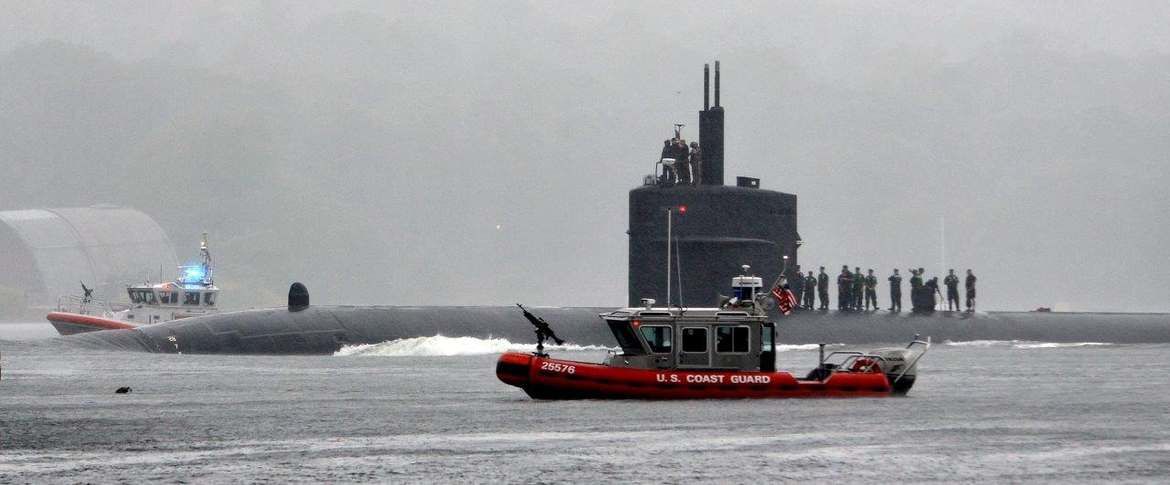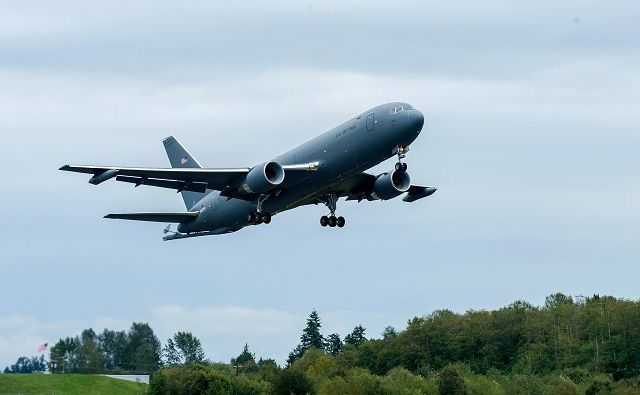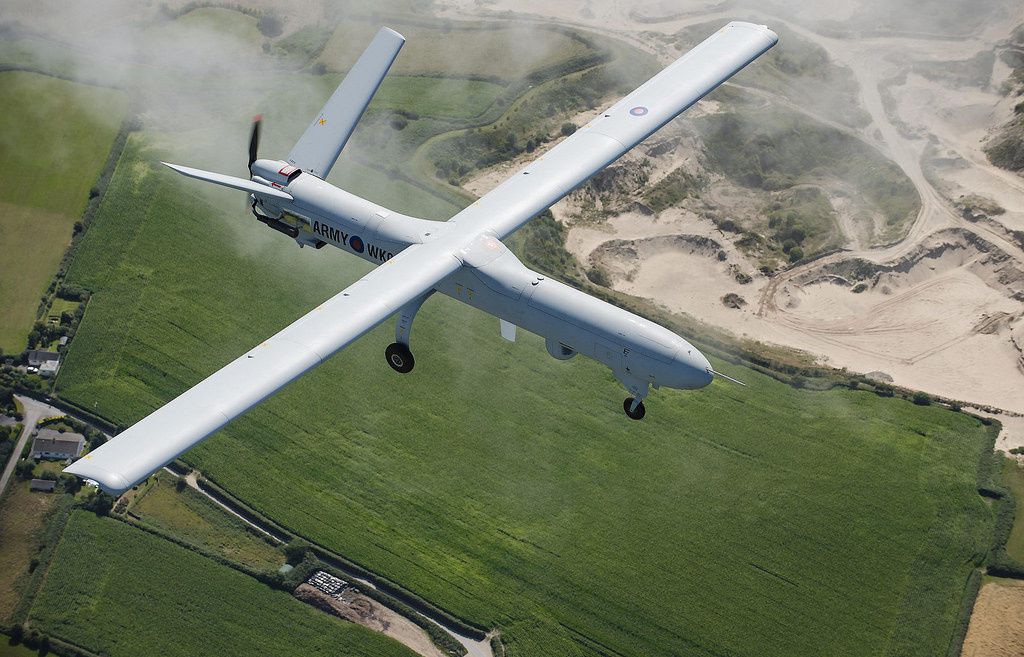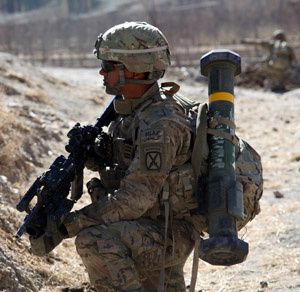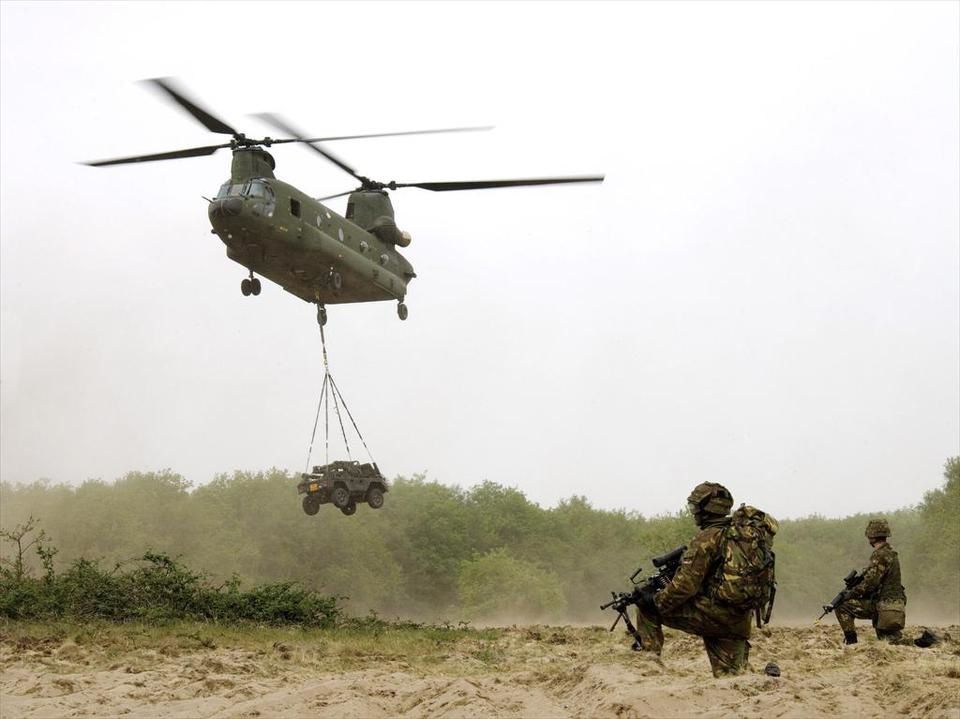13.10.2015 Russia MoD
Today Deputy Minister of Defence of the Russian Federation Anatoly Antonov has held a meeting with Special Envoy of the UN Secretary General Staffan de Mistura. They exchanged their opinions concerning the current situation in the Syrian Arab Republic.
Anatoly Antonov informed the UN representative about the objectives, missions and main results of the activities of the Russian Aerospace Forces in the region. In the course of the meeting, the parties showed readiness for meaningful interaction and coordination of efforts of all the interested states in countering terrorist groups in the region.
Staffan de Mistura expressed an interest in further development of interaction between the Russian Ministry of Defence and the UN structures, which carried out humanitarian operations in Syria.
One of the main issues of the negotiations became the activities of the aviation group of the Russian Aerospace Forces in the Syrian Arab Republic and the legitimacy of the presence of Russian aircraft on its territory.
“We told Mr. de Mistura in detail about the actions of the Russian Aerospace Forces in Syria, gave necessary clarifications, laid out our position and explained what we did in Syria as well as emphasized the fact that our presence there was legal,” told Anatoly Antonov.
The Russian party attached attention to the necessity of unifying counterterrorist efforts denoting the importance of international cooperation in that field.
“Recently, we have established contacts with many states, primarily with the United States of America,” mentioned Deputy Chief of the Russian Military department.
Moreover, the Russian Ministry of Defence has enriched the proposals concerning Syria for the USA and is waiting for the third video conference on the problems of Syria, which will take place between the Russian and the American parties. It is expected to be held on October 14. Representatives of the both countries will discuss the interdepartmental document suggested by the Russian Ministry of Defence on the activities in the air over Syria.
“I am pleased to report that we have sent to our American friends additional considerations to the document, which has already been worked on for about 10 days,” told Anatoly Antonov. “We hope that Washington will rapidly consider our ideas and tomorrow a video conference concerning the possibility of interaction of the both countries in the skies over Syria will take place.”
The Defence Ministry had prepared and sent to Washington the project of the interdepartmental document concerning avoidance of possible accidents in the Syrian air space between military aircraft of Russia and the ones of the coalition led by the USA.
Anatoly Antonov noted that the Russian party had stressed the significance of building close interaction between the Pentagon and the Russian Defence Ministry.
“I asked Mr. de Mistura to get the importance of acquisition of precise parameters, targets, locations of the actual ISIS armed groups, which are operating in the Syrian territory, across to Washington,” stated the Deputy Defence Minister.
Moreover, the Russian party suggests the United States of America developing joint pilot rescue methods in cases of emergency and other incidents.
“We reconfirmed our readiness to develop interaction with the US in fighting terrorism, we stressed the importance of cooperation, for instance, in saving our crews. Such accidents can happen not only with us, but with any aircraft crew of any country, which carries out operations in the sky over Syria. Our point is that there is nothing more important and humane,” said Anatoly Antonov.
Anatoly Antonov also spoke about the Russian contacts with Turkey and other Persian Gulf states concerning conflict in Syria.
“We asked Mr. de Mistura for objective assessment of real situation concerning actions held by the Russian Defence Ministry in Syria. Mr. de Mistura is leaving Moscow for Washington just after this meeting,” stated Anatoly Antonov.
Moreover, increasing of humanitarian help supplies to the Syrian people is one of the topical purposes of Staffan de Mistura’s visit to Moscow.
“Certainly, it’s necessary to use opportunities of our meeting in order to discuss the issues concerning activation of humanitarian help and support, especially, in those regions where the civilians suffer acutely,” said Special Envoy of the UN Secretary General Staffan de Mistura.
According to him, there should be a comprehensive political approach to settle the crisis in Syria.
Staffan de Mistura stressed that he was glad to have an opportunity to discuss chances and opportunities and to achieve some political progress in settlement of crisis in Syria.
He also noted that the faster the armed conflict in Syria would be ended and a political dialogue would start, the faster the Syrians would be brought relief.





